Space Stations
How we live and work in space!
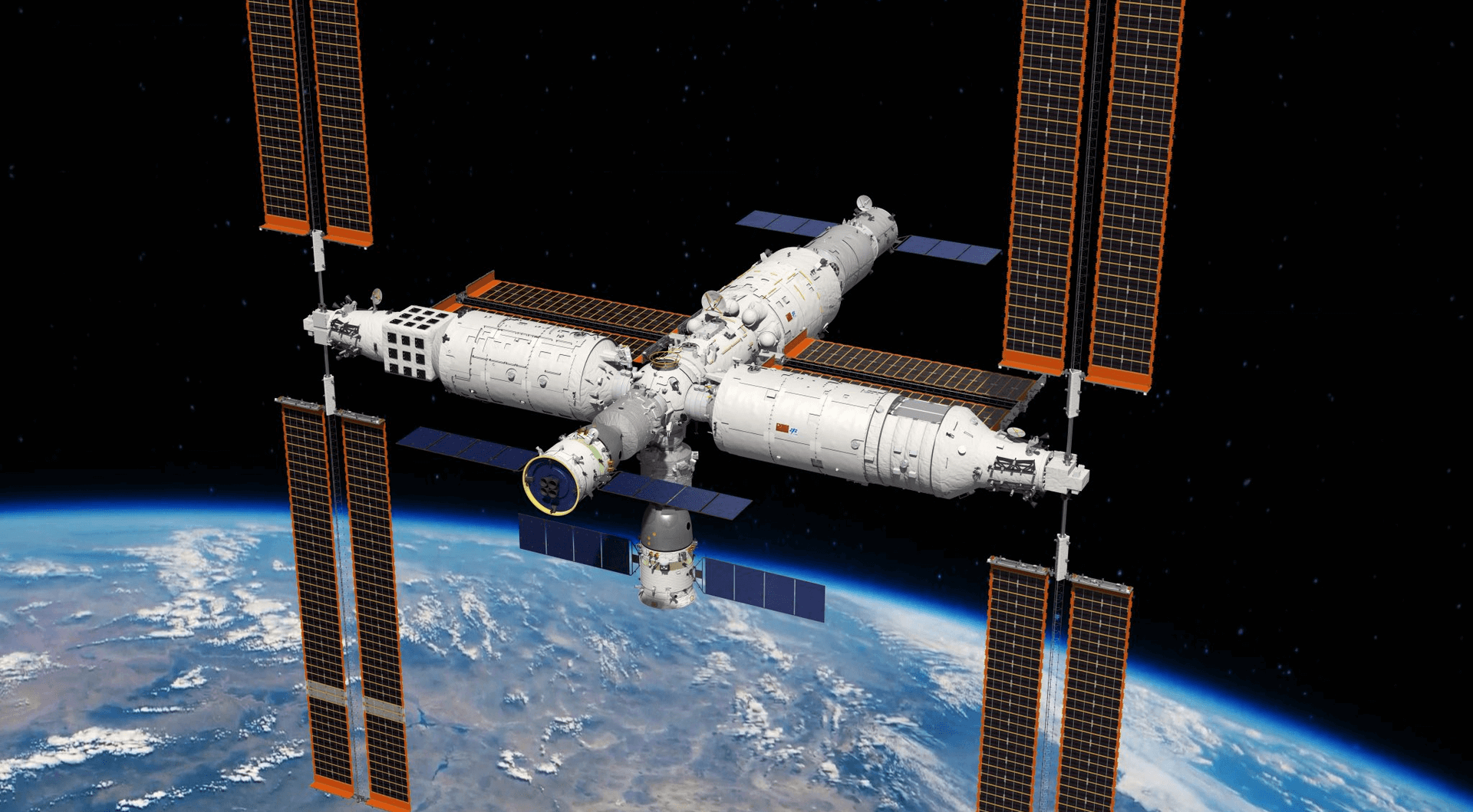
Tiangong space station
Low Earth Orbit Government Founded: April 29, 2021 Mass: 22.0T Volume: 50 m³
Status - Active
The Tiangong space station is a space station placed in Low Earth orbit between 340 and 450 km above the surface. It will be roughly one-fifth the mass of the International Space Station and about the size of the Mir space station.
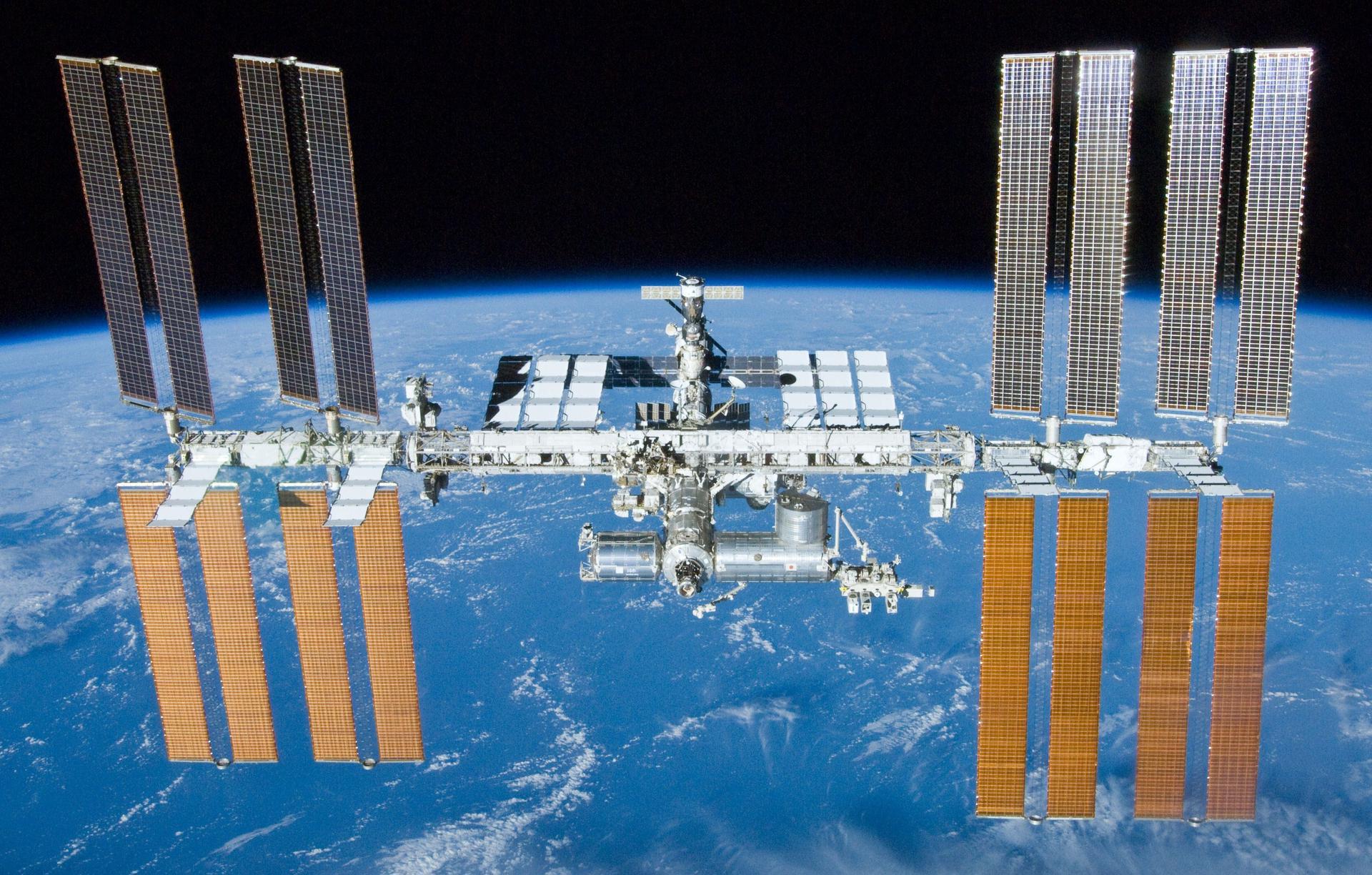
International Space Station
Low Earth Orbit Government Founded: Nov. 20, 1998 Mass: 419.7T Volume: 931 m³
Status - Active
The International Space Station (ISS) is a space station, or a habitable artificial satellite, in low Earth orbit. Its first component was launched into orbit in 1998, with the first long-term residents arriving in November 2000. It has been inhabited continuously since that date. The last pressurised module was fitted in 2011, and an experimental inflatable space habitat was added …
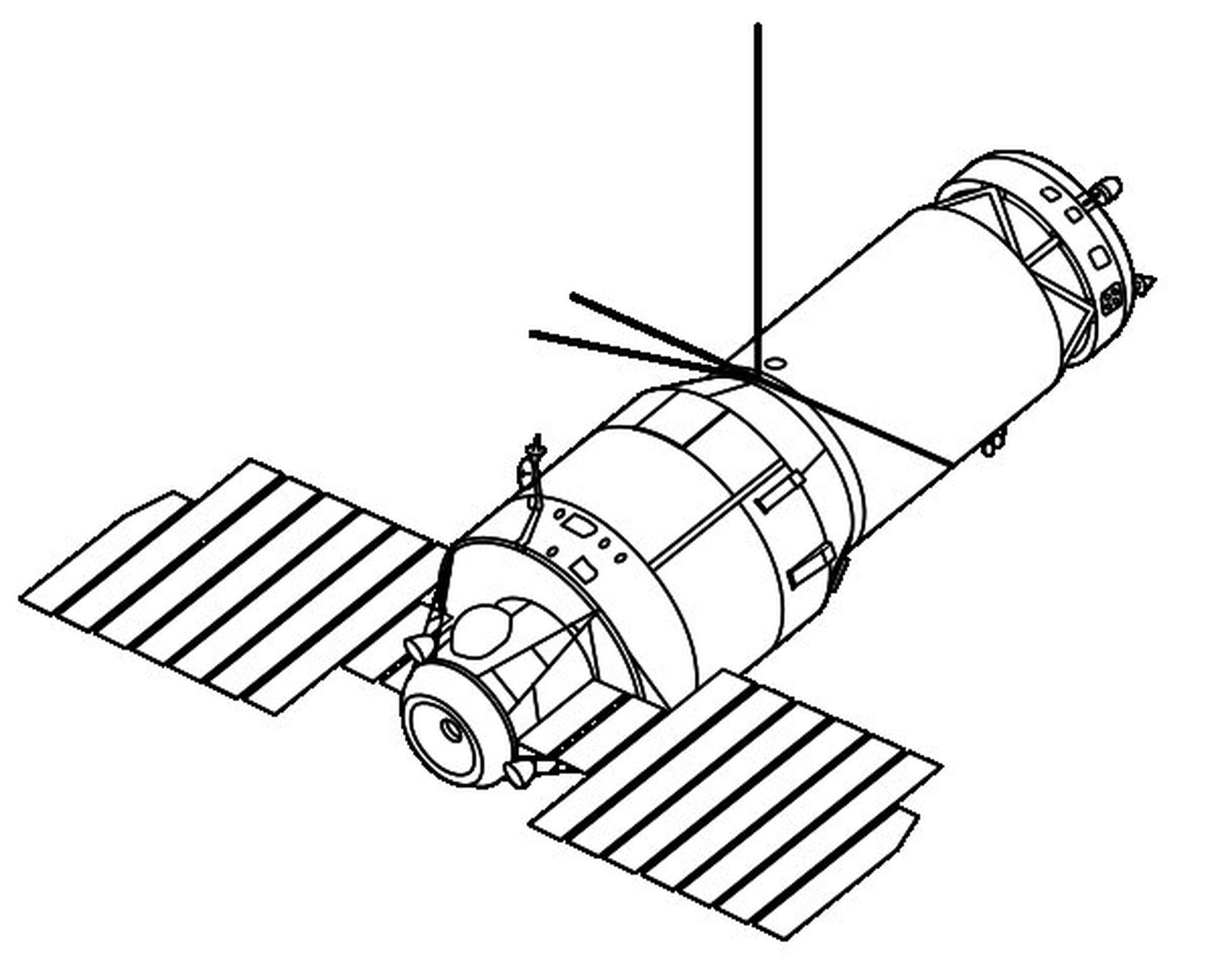
Salyut 3
Low Earth Orbit Government Founded: June 25, 1974 Mass: 18.9T Volume: 90 m³
Status - De-Orbited
Salyut 3 (Russian: Салют-3; English: Salute 3; also known as OPS-2 or Almaz 2) was a Soviet space station launched on 25 June 1974. It was the second Almaz military space station, and the first such station to be launched successfully. It was included in the Salyut program to disguise its true military nature. Due to the military nature of …
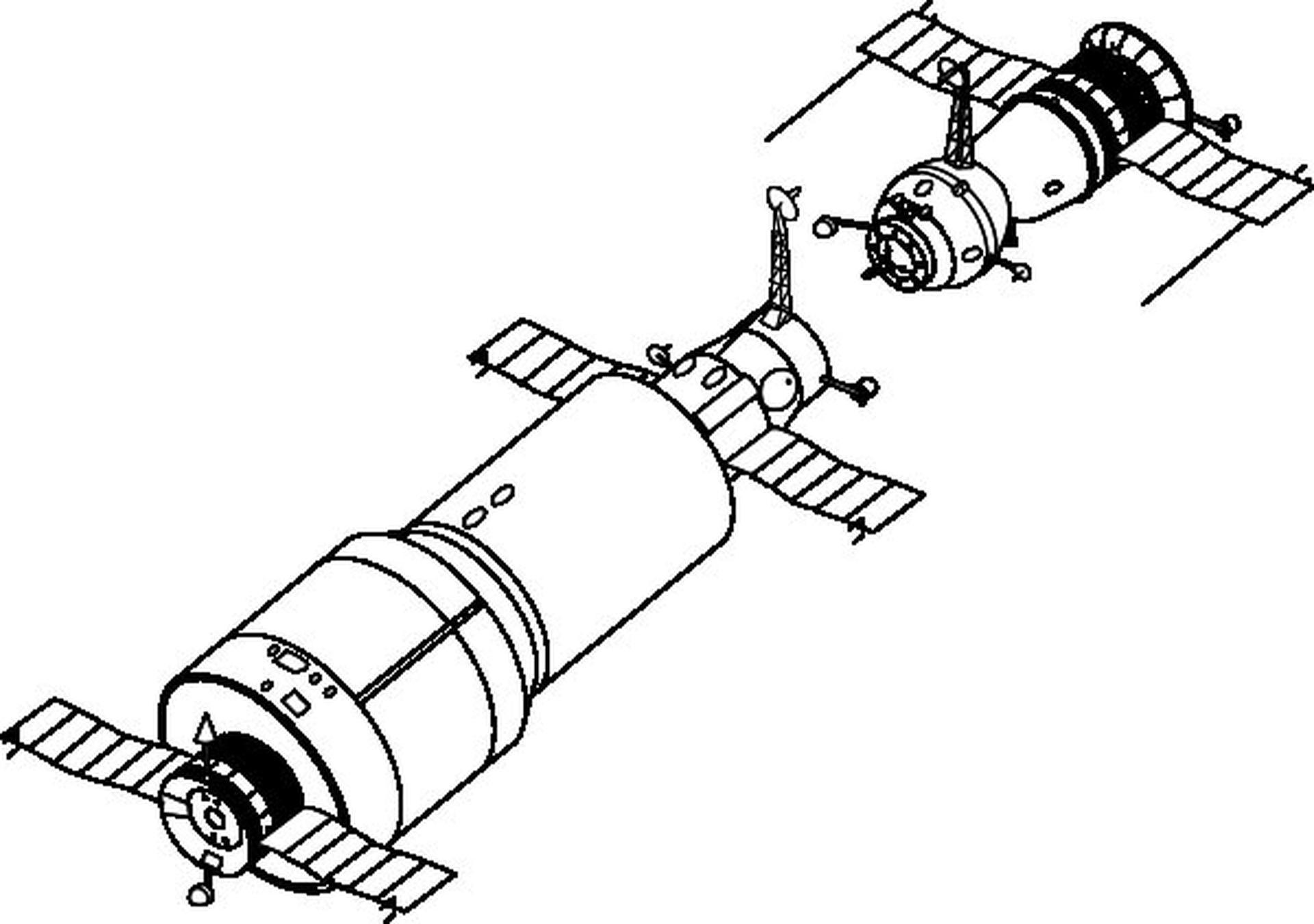
Salyut 1
Low Earth Orbit Government Founded: April 19, 1971 Mass: 18.9T Volume: 90 m³
Status - De-Orbited
Salyut 1 (DOS-1) was the first space station of any kind, launched into low Earth orbit by the Soviet Union on April 19, 1971. The Salyut program followed this with five more successful launches out of seven more stations. The final module of the program, Zvezda (DOS-8) became the core of the Russian segment of the International Space Station and …
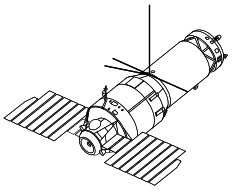
Salyut 5
Low Earth Orbit Government Founded: June 22, 1976 Mass: 19.0T Volume: 100 m³
Status - De-Orbited
Salyut 5, also known as OPS-3, was a Soviet space station. Launched in 1976 as part of the Salyut programme, it was the third and last Almaz space station to be launched for the Soviet military. Two Soyuz missions visited the station, each manned by two cosmonauts. A third Soyuz mission attempted to visit the station, but failed to dock, …
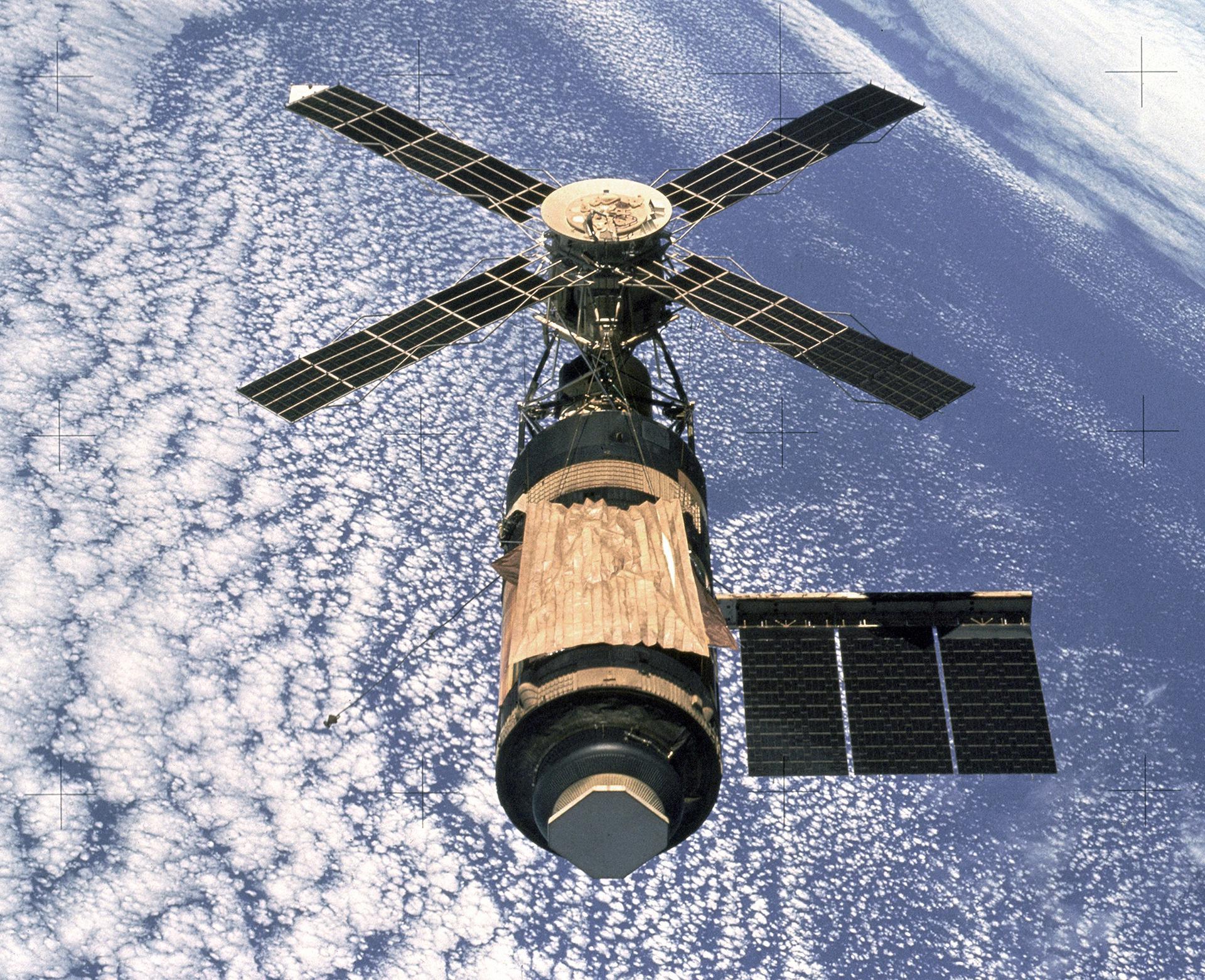
Skylab
Low Earth Orbit Government Founded: May 14, 1973 Mass: 77.0T Volume: 351 m³
Status - De-Orbited
Skylab was a United States space station launched and operated by NASA, and occupied for about 24 weeks between May 1973 and February 1974 – the only space station the U.S. has operated exclusively. In 1979 it fell back to Earth amid huge worldwide media attention. Skylab included a workshop, a solar observatory, and other systems necessary for crew survival …
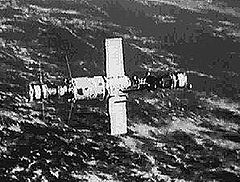
Salyut 6
Low Earth Orbit Government Founded: Sept. 29, 1977 Mass: 19.8T Volume: 90 m³
Status - De-Orbited
Salyut 6, also known as DOS-5, was a Soviet orbital space station, the eighth flown as part of the Salyut programme. Launched on 29 September 1977 by a Proton rocket, the station was the first of the "second-generation" type of space station. Salyut 6 possessed several revolutionary advances over the earlier Soviet space stations, which it nevertheless resembled in overall …
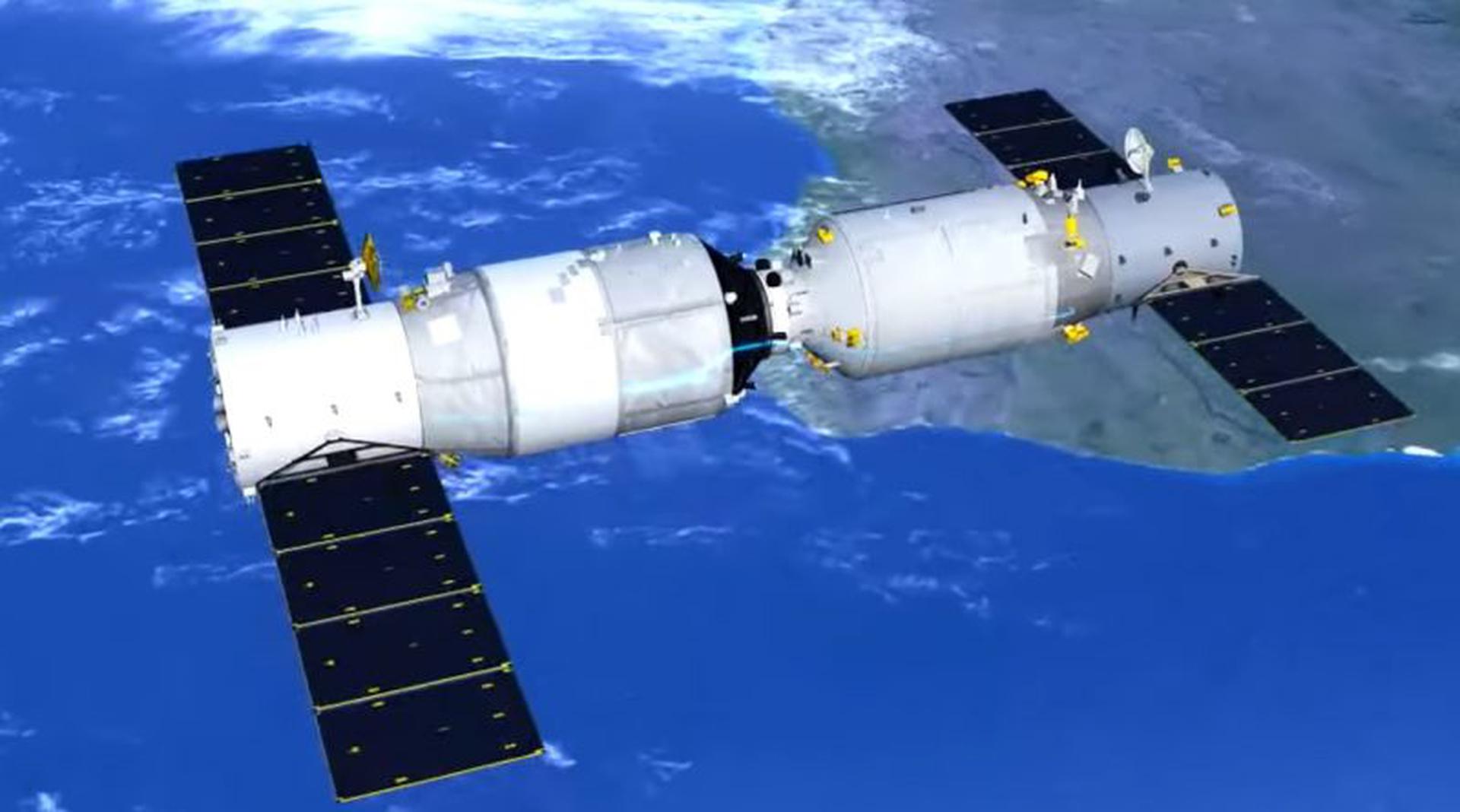
Tiangong 2
Low Earth Orbit Government Founded: Sept. 15, 2016 Mass: 9.5T Volume: 14 m³
Status - De-Orbited
Tiangong-2 (Chinese: 天宫二号; pinyin: Tiāngōng èrhào; literally: "Celestial Palace 2") is a Chinese space laboratory and part of the Project 921-2 space station program. Tiangong-2 was launched on 15 September 2016. Tiangong-2 is neither designed nor planned to be a permanent orbital station; rather, it is intended as a testbed for key technologies that will be used in the Chinese …
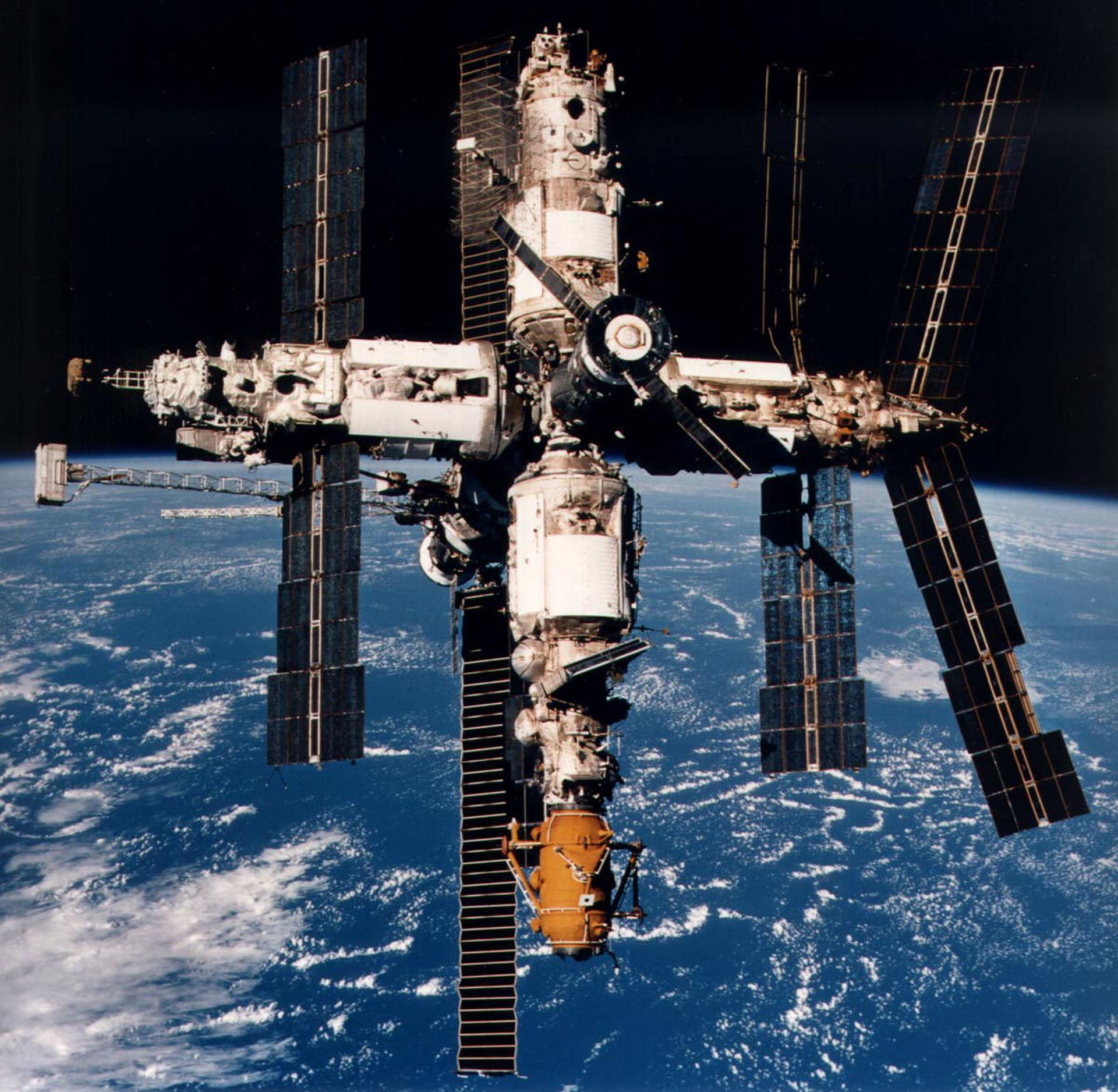
Mir
Low Earth Orbit Government Founded: Feb. 20, 1986 Mass: 129.7T Volume: 350 m³
Status - De-Orbited
Mir was a space station that operated in low Earth orbit from 1986 to 2001, operated by the Soviet Union and later by Russia. Mir was the first modular space station and was assembled in orbit from 1986 to 1996. The station served as a microgravity research laboratory in which crews conducted experiments in biology, human biology, physics, astronomy, meteorology …

Salyut 2
Low Earth Orbit Government Founded: April 3, 1973 Mass: 18.5T Volume: 99 m³
Status - De-Orbited
Salyut 2 (OPS-1) (Russian: Салют-2 meaning Salute 2) was a Soviet space station which was launched in 1973 as part of the Salyut programme. It was the first Almaz military space station to fly. Within two weeks of its launch, the station had lost attitude control and depressurised, leaving it unusable. Its orbit decayed and it re-entered the atmosphere on …
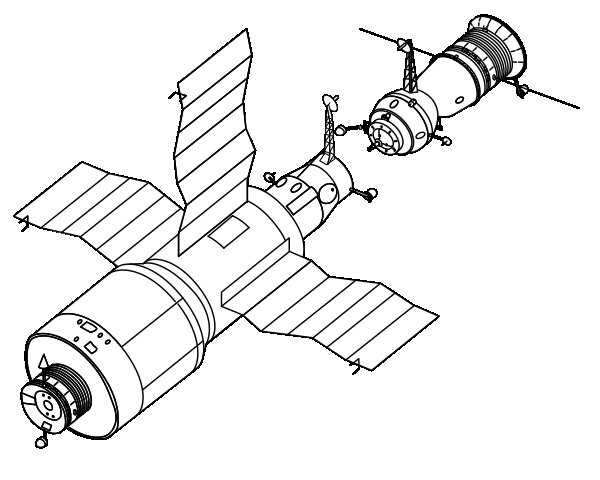
Salyut 4
Low Earth Orbit Government Founded: Dec. 26, 1974 Mass: 18.21T Volume: 90 m³
Status - De-Orbited
Salyut 4 represented the second phase of DOS civilian space station. Although the basic design of Salyut 1 was retained, it switched to three large solar panels mounted on the forward module rather than its predecessor's four small panels on the docking module and engine compartment, presumably to generate more power. It had an interior floor area of 34.8 sq. …
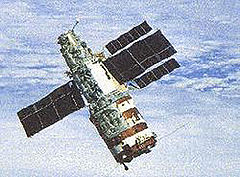
Salyut 7
Low Earth Orbit Government Founded: April 19, 1982 Mass: 19.8T Volume: 90 m³
Status - De-Orbited
Salyut 7, (a.k.a. DOS-6) was a space station in low Earth orbit from April 1982 to February 1991. It was first manned in May 1982 with two crew via Soyuz T-5, and last visited in June 1986, by Soyuz T-15. Various crew and modules were used over its lifetime, including 12 manned and 15 unmanned launches in total. Supporting spacecraft …
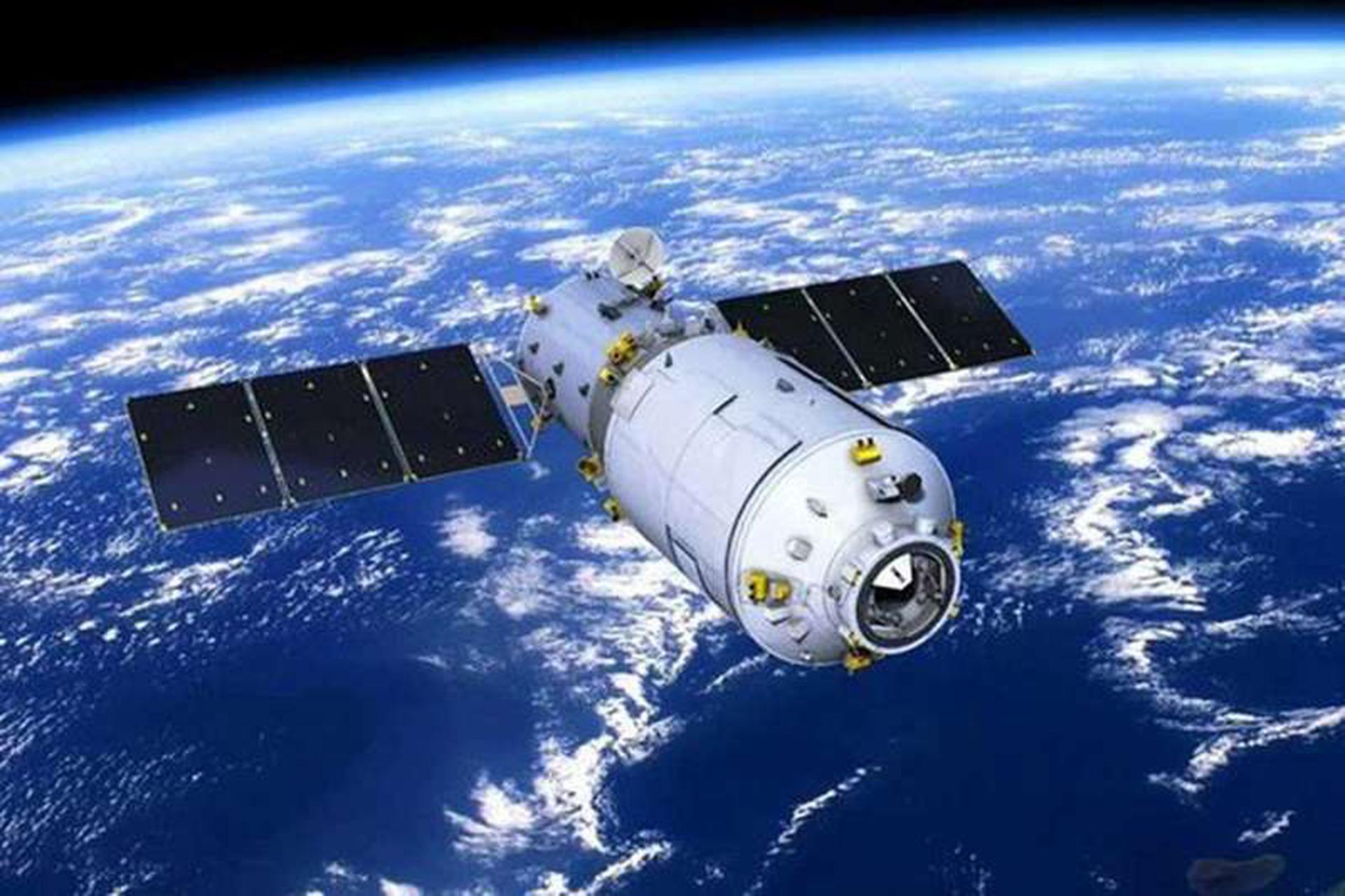
Tiangong 1
Low Earth Orbit Government Founded: Sept. 29, 2011 Mass: 8.5T Volume: 15 m³
Status - De-Orbited
Tiangong-1 (Chinese: 天宫一号; pinyin: Tiāngōng yīhào; literally: "Heavenly Palace 1" or "Celestial Palace 1") was China's first prototype space station. It orbited Earth from September 2011 to April 2018, serving as both a manned laboratory and an experimental testbed to demonstrate orbital rendezvous and docking capabilities during its two years of active operational life. Tiangong-1 was visited by a series …
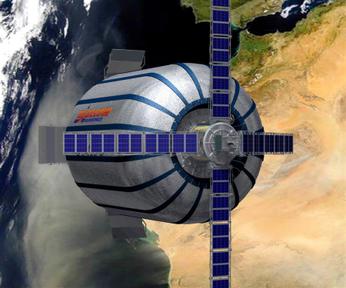
Genesis I
Low Earth Orbit Commercial Founded: July 12, 2006 Mass: 1.4T Volume: 12 m³
Status - Decommissioned
Genesis I is the first of two experimental inflatable space habitats. It is a one-third scale model of Bigelow Aerospace's BA330 Module.

Genesis II
Low Earth Orbit Commercial Founded: June 28, 2007 Mass: 1.4T Volume: 12 m³
Status - Decommissioned
Genesis II is the second of two experimental inflatable space habitats. It is a one-third scale model of Bigelow Aerospace's BA330 Module. Genesis II became inactive after the avionics systems stopped working 2.5 years into it's lifetime.

